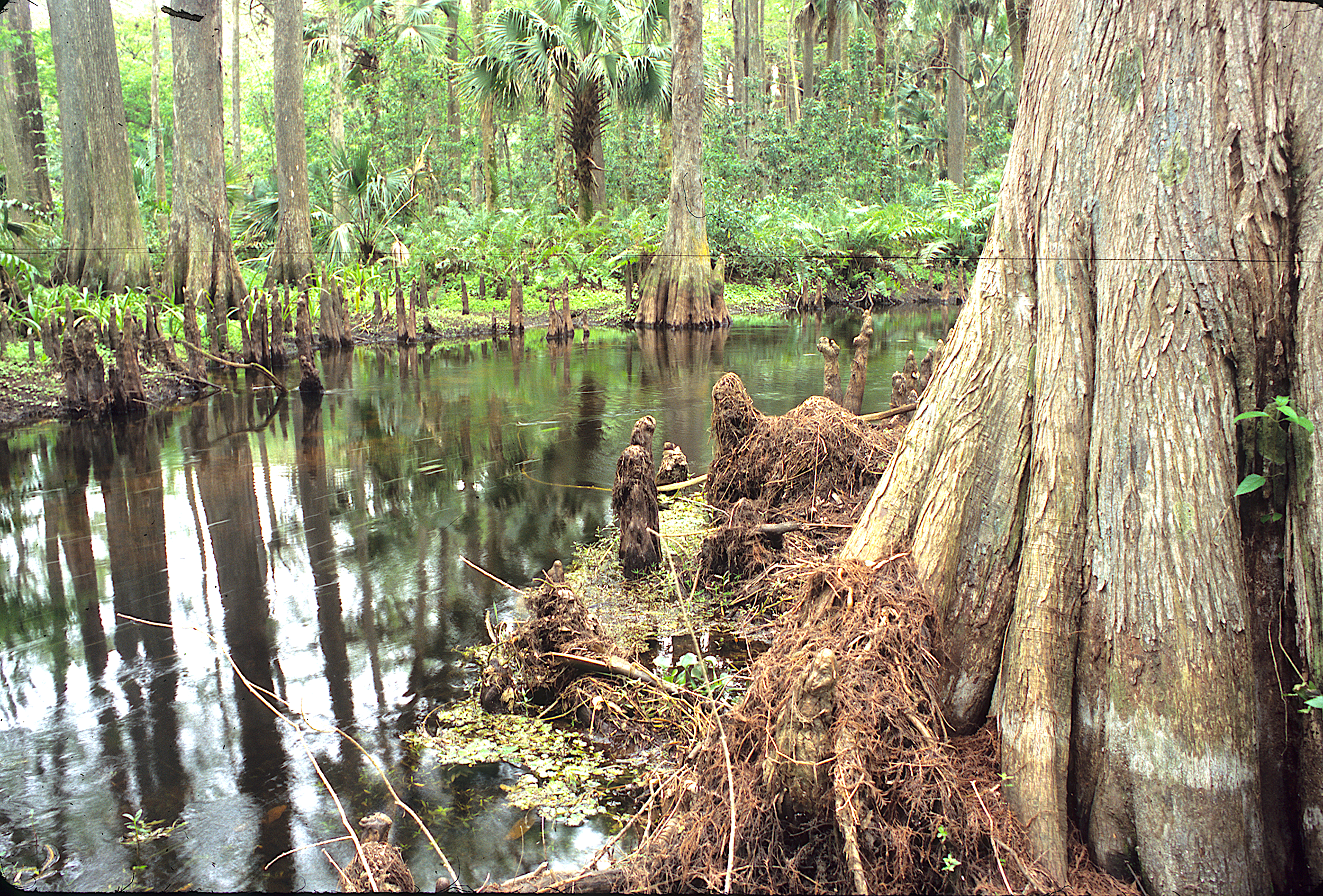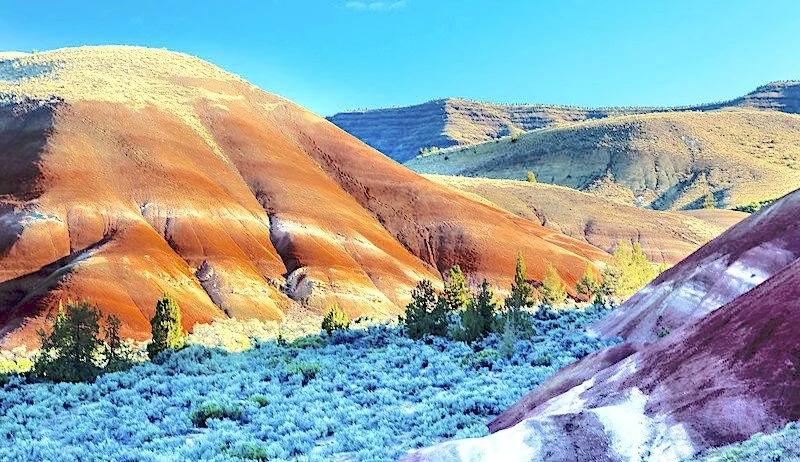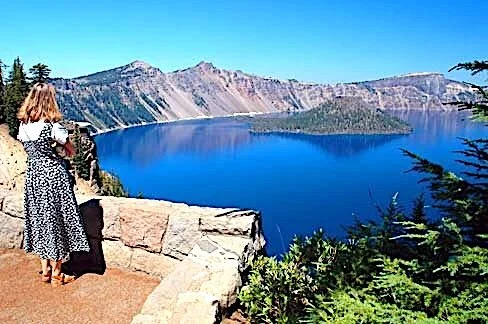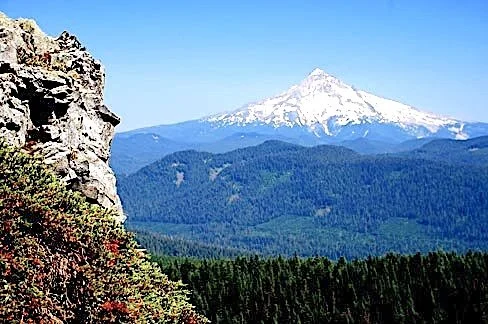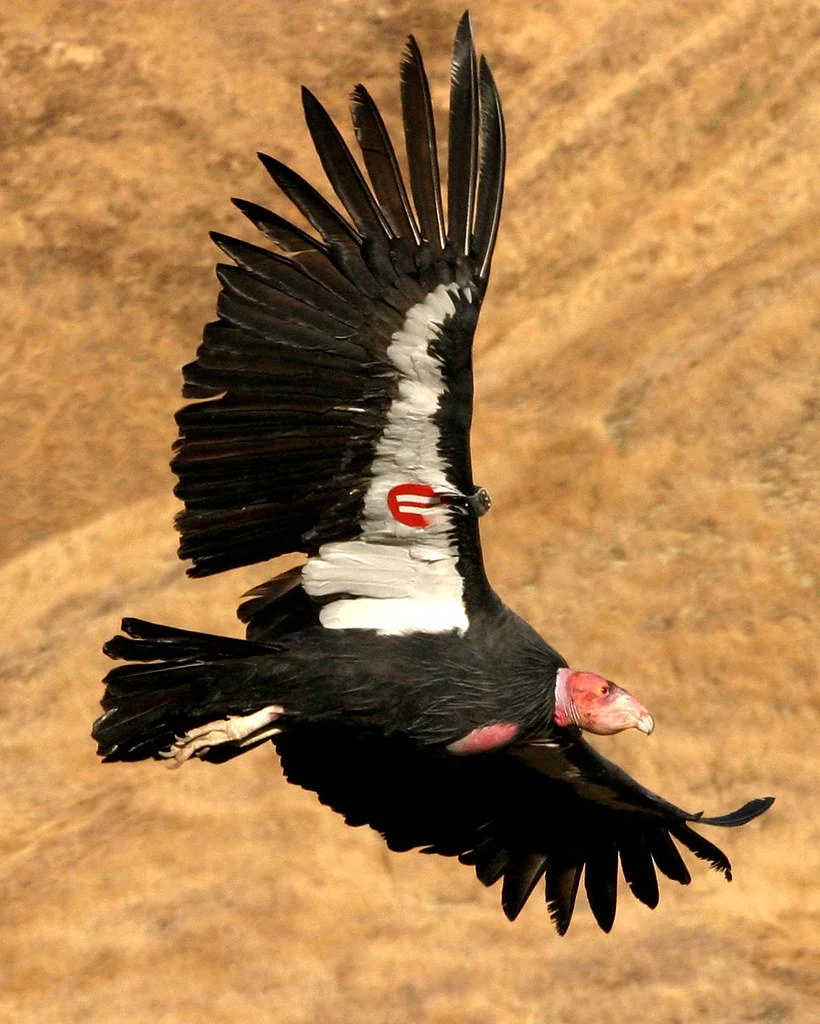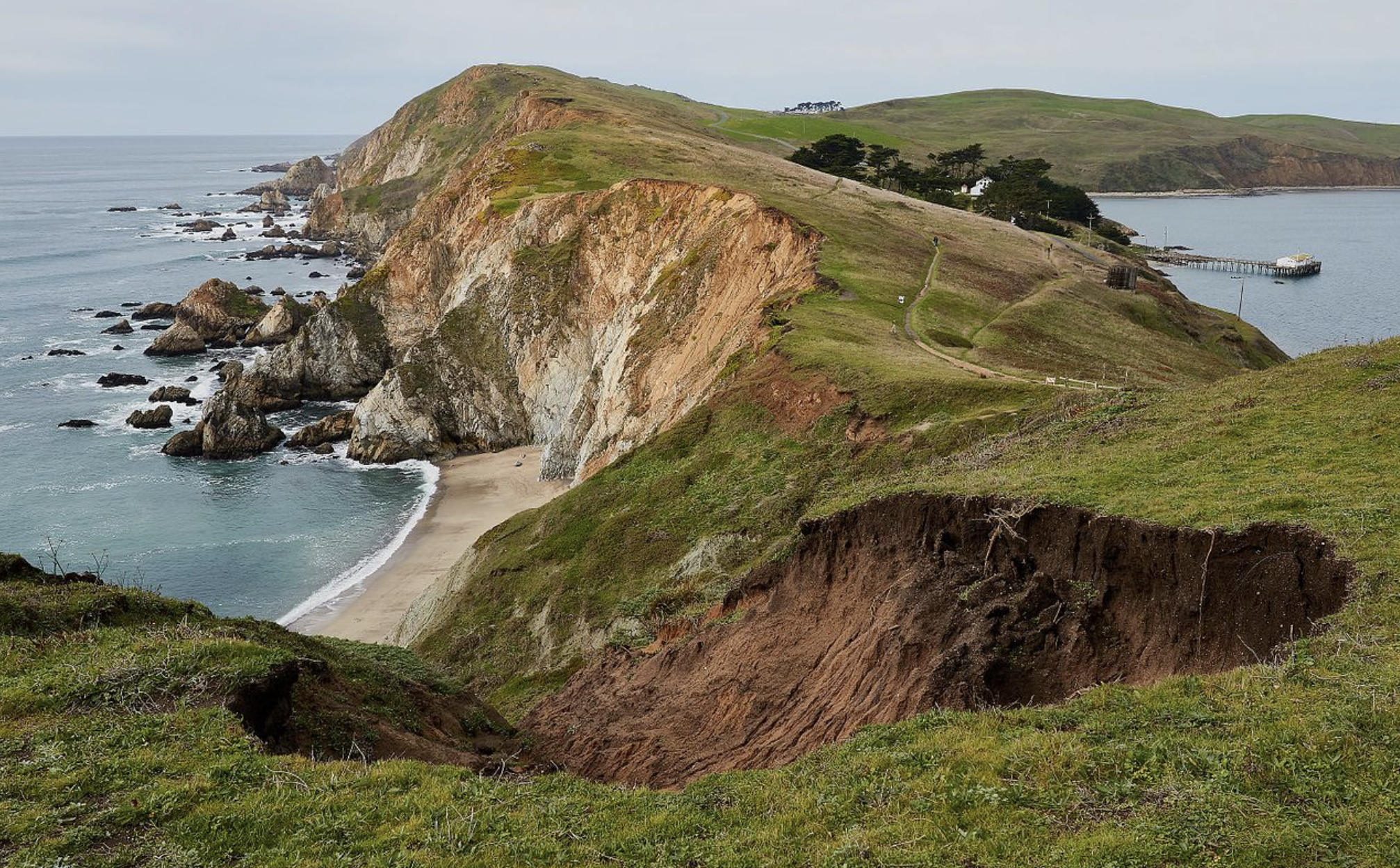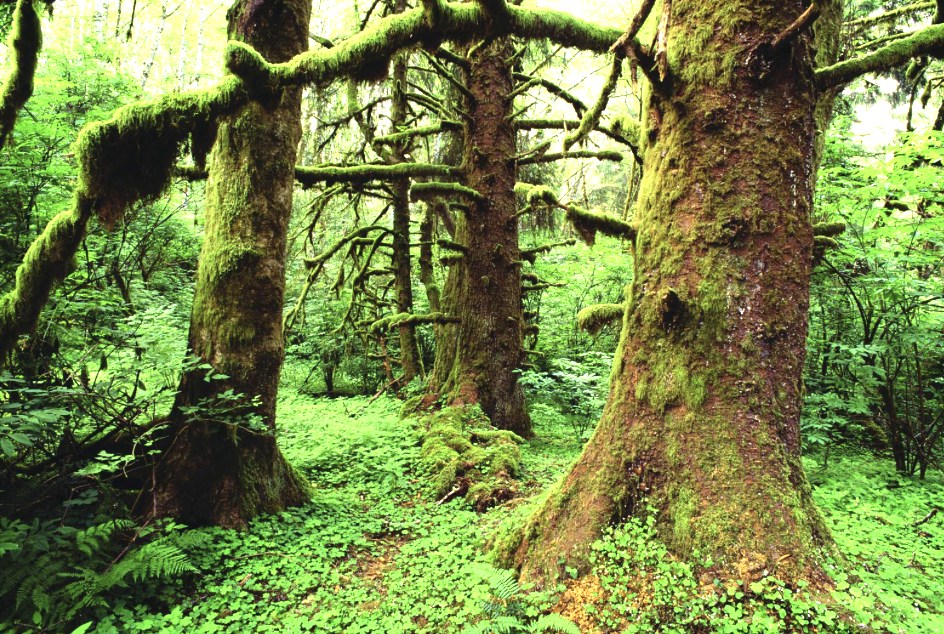Sort By Category
- 30x30
- Administration
- Antiquities Act
- Book Reviews
- Bureau of Land Management
- Climate Change
- Climate change
- Coasts
- Congress
- Counties & Federal Lands
- Courts
- Courts & Litigation
- Department of Agriculture
- Department of Interior
- Deserts
- Ecological Reserves
- Ecosystems
- Elections
- Endangered Species
- Energy
- Estuaries
- Federal Lands
- Fish
- Fish and Wildlife Service
- Forest
- Forest Fires
- Forest Service
- Forestry
- Forests
- Grasslands
- Land & Water Cons. Fund
- Land & Water Conservation Fund
- Legislation
- Litigation
- Livestock Grazing
- Marine Protected Areas
- Marine Sanctuaries
- Mature & Old-Growth Forests
- Mature and Old-Growth Foresrts
- Mining
- Nat'l Conservation Lands
- National Forest System
- National Marine Sanctuaries
- National Monuments
- National Monuments Act
- National Park Service
- National Park System
- National Parks
- National Recreation Area
- National Scenic Area
Sort By Tag
- 1002 area
- 30x30
- 5th Amendment
- ANWR
- Acadia National Park
- Adam Smith
- Administrative Procedure Act
- Advancing Conservation and Education Act
- Alan Bates
- Alan Deboer
- Alaska
- Alaska National Interest Lands Act
- Alaska Native Claims Settlement Act
- Aldo Leopold
- American Forest Resource Council
- American Prairie Reserve
- American Tree Farm System
- American beef supply
- American black duck
- American woodcock
- Ammon Bundy
- Ancient Forest National Park
- Anders Eskil Carlson
- Andrea Salinas
- Andrew N. Gray
- Andy Kerr
- Animal unit month
- Ansel Adams
- Antiquities Act
- Applegate Primitive Backcountry Area
- Aqua Fria National Monument
- Aquatic Conservation Strategy
- Aquatic Conservation and Riparian Strategy
- Arches National Monument
- Arches National Park
- Arctic National Wildlife Refuge
- Areas of Critical Environmental Concern
- Army Corps of Engineers
- Association of O&C Counties
- Astoria Canyon
- Astoria Fan
- Atlantic Coast
- Augusta Canal NHA
- Avarna Group
- Avi Kaw Ame
- BLM Conservation Rule
- BLM Zone 3 Lands
- BOEM Oregon Planning Area
- Baboquivari Peak Wilderness
- Baker County
The Public Lands Conservation Legacy of Senator Ron Wyden, Part 2: An Opportunity for Greatness
To be remembered as the greatest public lands conservationist to come out of the Oregon congressional delegation, Wyden needs to step up his game.
About That Vision Thing
When political realities come up against ecological realities, the former must be changed because the latter cannot.
Cascade-Siskiyou National Monument: Safe from Big Timber, Threatened by the BLM
Big Timber’s and Addicted Counties’ supreme gambits to gut the Cascade-Siskiyou National Monument have failed, but the monument is still in mortal peril from the Bureau of Land Management.
Forests in the American East, Part 3: A Vision of the Return of Old-Growth Forests
This is the third of a three-post examination of forests in the American East. Part 1 diagnosed an “environmental generational amnesia” that makes people think it is okay to not have real (old-growth) forests and to tolerate, if not facilitate, massive and repeated clear-cutting and/or deforestation in the name of creating “early successional habitat” for species of wildlife that we need not be concerned about. Part 2 shed light on a conspiracy of self-interested timber companies, misguided public land foresters, misinformed wildlife biologists, and Kool-Aid-drinking conservationists. This Part 3 suggests ways to partially—but significantly—bring back the magnificent old-growth forests that have long been lost.
Book Review: Our Common Ground: A History of America’s Public Lands
Understanding the history of public lands is useful if one is to be the best advocate for the conservation of public lands.
The Proposed Sutton Mountain National “Monument”
Legislation has been introduced to conserve and restore one of the most colorful natural landscapes in Oregon for the benefit of this and future generations.
Certified Wood from Federal Forests? Hell No. Make That NFW!
The FSC is back with a new document signaling its continuing quest to certify wood products that come from federal public lands (including units of the National Park System) as being “environmentally sound, socially beneficial, and economically prosperous.” The standards FSC is proposing to apply to federal forestlands are little more than what is required of federal land management agencies now, if that. It’s called greenwashing.
David Simons: An Oregonian with a Shining Vision for Public Lands Conservation
If not for the Cold War (1945–1991), there might well have been a national park in Oregon’s Cascade Mountains. In his brief time among us, Simons was instrumental in the establishment of North Cascades National Park in Washington and was just turning his focus to the establishment of a Cascade Volcanic National Park in Oregon.
A North Oregon Coast Range National Park: Sorely Needed but a Hell of a Long Shot
Though it’s a hell of a long shot, I propose a huge national park in northwestern Oregon that won’t fully flower for at least two centuries after its establishment. To create the park, the federal government should acquire vast ecologically and hydrologically significant tracts of state and private timberland and reconvert them to federal public parklands.
National Parks in Oregon, Part 4: Will the Inertia Continue?
This is the fourth of four Public Lands Blog posts that examine the topic of national parks in Oregon. Part 1 explored Oregon’s one success in establishing a national park. Part 2 discussed multiple failures to establish additional national parks in the state. Part 3 examined both successful and failed attempts to expand Crater Lake National Park. Part 4 looks at the potential supply and demand for additional national parks in Oregon and the political challenges and chances.
National Parks in Oregon, Part 3: Modest Expansion amid Grand Hopes
This is the third of four Public Lands Blog posts that examine the topic of national parks in Oregon. Part 1 explored Oregon’s one success in establishing a national park. Part 2 discussed multiple failures to establish additional national parks in the state. Part 3 examines both successful and failed attempts to expand Crater Lake National Park. Part 4 will look at the potential supply and demand for additional national parks in Oregon and the political challenges and chances.
National Parks in Oregon, Part 2: Multiple Failures
This is the second of four Public Lands Blog posts that examine the topic of national parks in Oregon. Part 1 explored Oregon’s one success in establishing a national park. Part 2 discusses multiple failures to establish additional national parks in the state. Part 3 will examine both successful and failed attempts to expand Crater Lake National Park. Part 4 will look at the potential supply and demand for additional national parks in Oregon and the political challenges and chances.
National Parks in Oregon, Part 1: One Success
This is the first of four Public Lands Blog posts that examine the topic of national parks in Oregon. Part 1 explores Oregon’s one success in establishing a national park. Part 2 discusses multiple failures to establish additional national parks in the state. Part 3 examines both successful and failed attempts to expand Crater Lake National Park. Part 4 looks at the potential supply and demand for additional national parks in Oregon and the political challenges and chances.
Conserving and Restoring the Mount Hood National Forest
There stood Mount Hood in all the glory of the alpenglow, looming immensely high, beaming with intelligence. It seemed neither near nor far. The whole mountain appeared as one glorious manifestation of divine power, enthusiastic and benevolent, glowing like a countenance with ineffable repose and beauty, before which we could only gaze in lowly admiration. —John Muir (1888)
California Condor Comeback in the Pacific Northwest
Very high on my bucket list is to see a California condor in the wild (Figure 1), ideally over Oregon. If my timing is good and the condors cooperate, this could happen.
The Oregon Wildlands Act 2.0
Representatives of many Oregon outdoor recreation industry heavyweights, including but not limited to Columbia Sportswear, the Conservation Alliance, Travel Oregon, and Keen Footwear, testified to the business sense of conserving more of the many treasures found on Oregon’s federal public lands. Many conservationists traveled from afar to make the case for protecting their most cherished Oregon gems for the benefit of this and future generations.
The Hard Case of Hardrock Mining Reform (Part 2): Conservation Areas in Which to Just Say No
This two-part series examines legislation in Congress that would reform the infamous Mining Law of 1872. Part 1 focused on how mining on public lands should be administered in the twenty-first century. Part 2 focuses on pending legislation the conservation areas in which mining should be permanently banned.
Point Reyes National Feedlot
Congress authorized the establishment of Point Reyes National Seashore (PRNS) in Marin County, California. At the time, the acute threat was sprawling subdivisions, while the chronic threat to public recreation, benefit, and inspiration was industrial dairies and the grazing of beef and dairy cattle. It still is.
Filling the Congressional Conservation Pipeline for When It Unclogs
For the most part, these bills are popular and uncontroversial, and when they do get to the floor they will pass. When that happens and the congressional pipeline finally does unclog, conservationists need to make sure that pipeline is full.
The Overcrowding of Public Lands
In response to increasing overpopulation, what came to Muir Woods will eventually be coming to a natural recreation area near and/or dear to you. But actually, reversing overpopulation is not that hard. If all those who wanted children would limit themselves to two, what is now out of control could soon be back in control.



